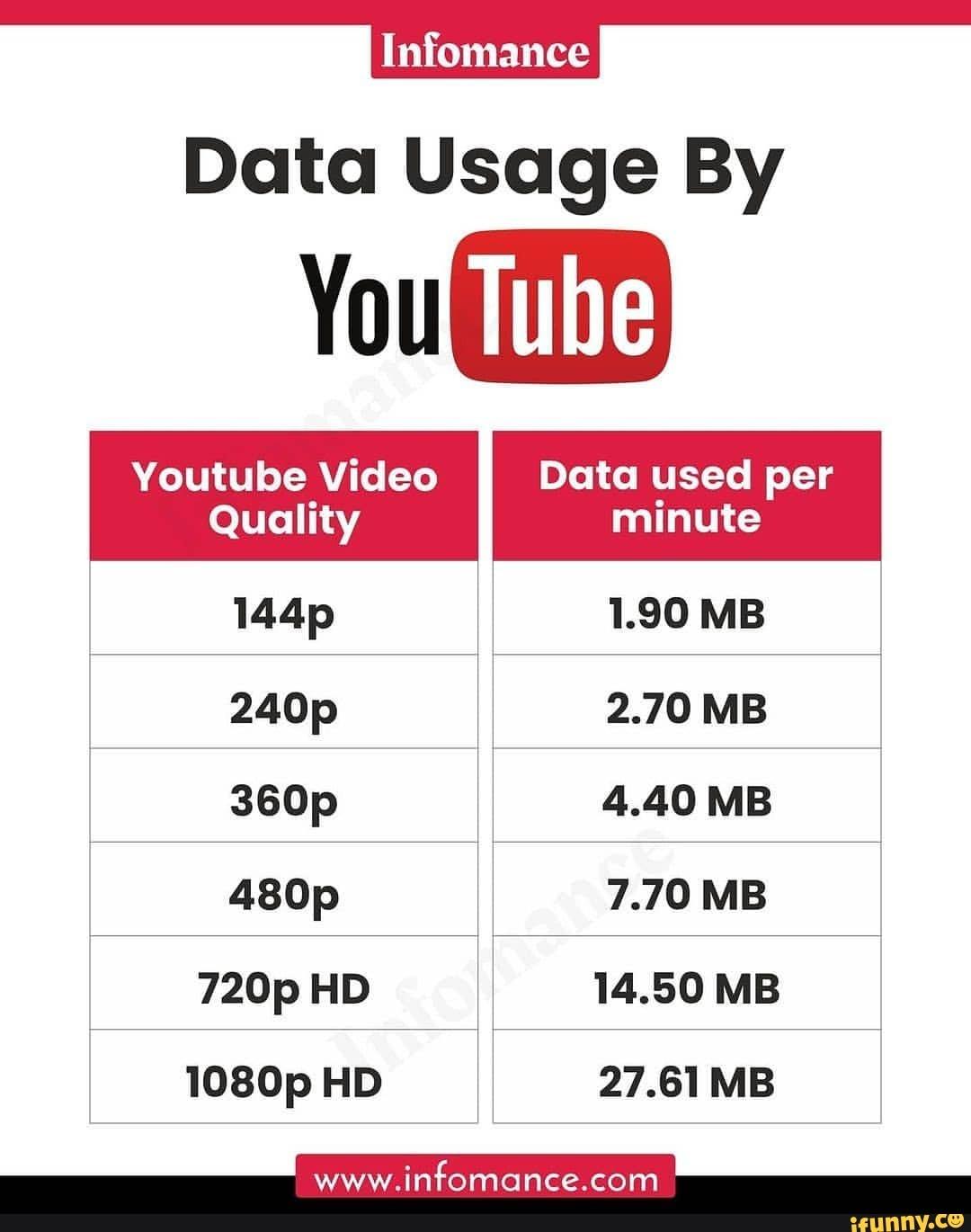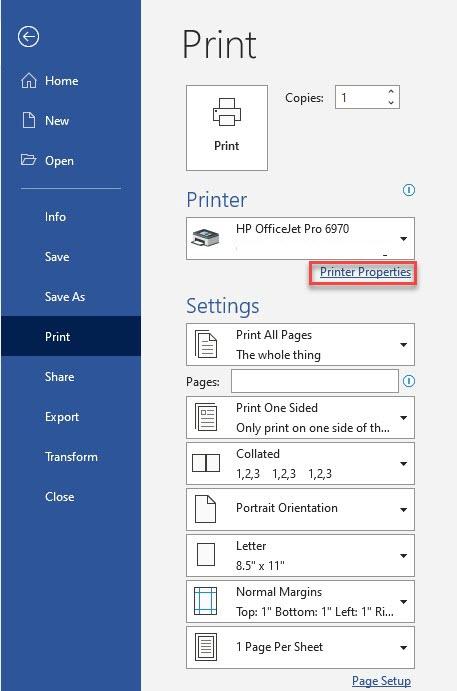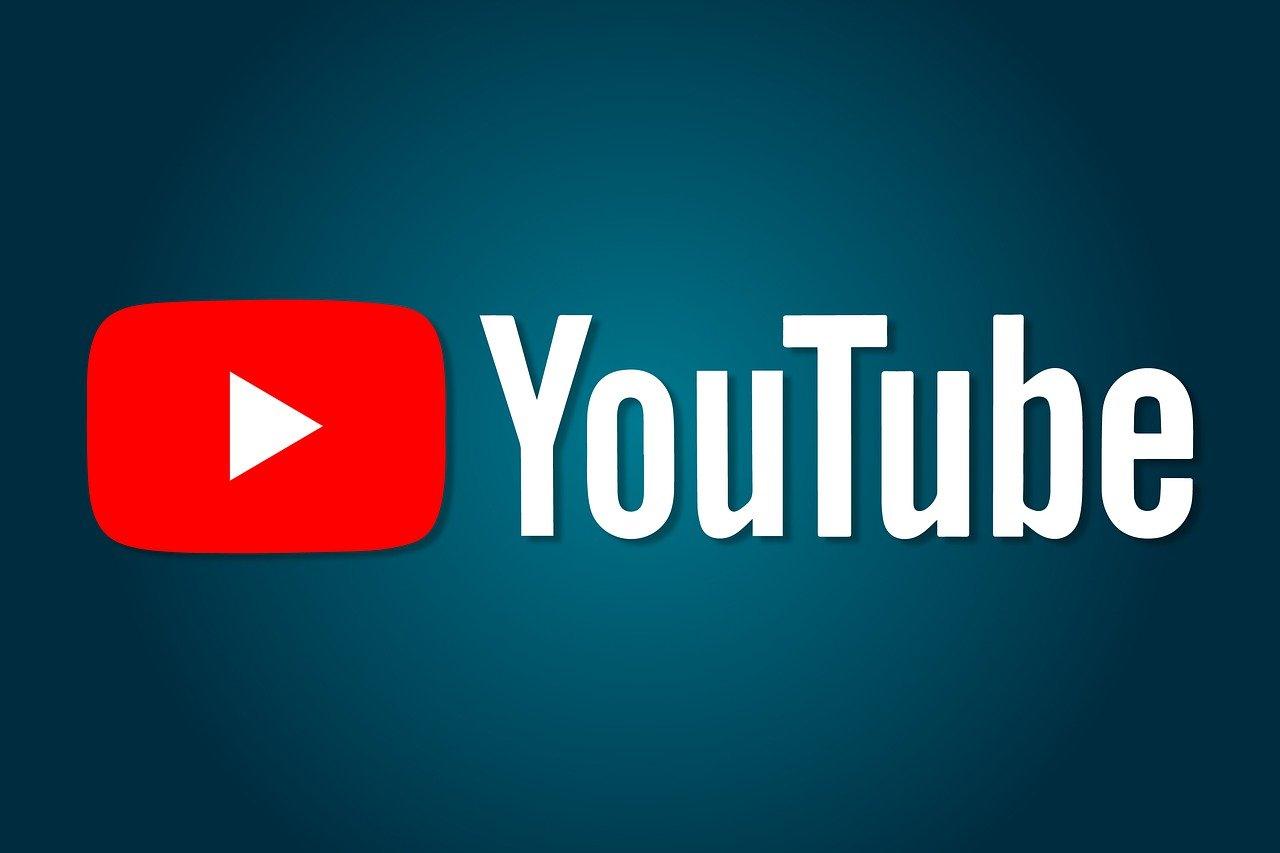Ever found yourself binging on YouTube, lost in a rabbit hole of cat videos or DIY tutorials, and wondered how much data all that streaming gobbles up? You’re not alone! In today’s digital landscape, where every gigabyte counts, understanding the data consumption of your favorite video platform can feel a bit murky. But don’t worry, we’re diving headfirst into the data pool. Whether you’re loading up that epic documentary, checking out the latest music video, or simply catching up on vlogs, we’re here to break down the numbers and help you keep tabs on how much data YouTube is really using. So grab your snacks, settle in, and let’s unravel the mystery together!
Understanding YouTubes Data Consumption and Why It Matters

YouTube can be a massive data hog, and understanding the ins and outs of its data consumption is crucial for seamless streaming. When you’re watching cat videos or binging the latest vlogs, have you ever wondered how much data is flowing through your device? At standard definition (SD), YouTube gobbles up about 0.7 GB per hour, while high definition (HD) slurps up 3 GB for every 60 minutes of video. Now, if you think that’s a lot, wait until you hear about the ultra high definition (4K); brace yourself for a whopping 7.2 GB an hour! This not only impacts your data plan but can turn your binge-watching dreams into buffering nightmares if you’re on a capped limit.
So why does this matter? Well, for starters, knowing the data requirements helps you manage your internet usage more effectively. Imagine you have a limited plan and decide to dive into the latest episode of your favorite series. If you’re not careful, you could end up with overage fees, or worse: a throttled connection that turns your streaming experience into a slideshow. To keep things in check, here’s a quick rundown of data consumption at various quality levels:
| Video Quality | Data Usage (per hour) |
|---|---|
| Standard Definition (SD) | 0.7 GB |
| High Definition (HD) | 3 GB |
| Ultra High Definition (4K) | 7.2 GB |
By being aware of how YouTube uses data, you can tailor your viewing habits to keep things fun without breaking the bank. Are you ready to optimize your streaming experience?
Factors Influencing Data Usage While Streaming Videos

Streaming videos is like a buffet—you can pile on as much as you want, but the actual impact depends on what dishes you pick. The biggest factors affecting your data usage while streaming on YouTube include video quality, length of the video, and the type of device you’re using. Higher resolutions like 1080p or 4K gorge on data like a kid in a candy store, while lower qualities such as 480p keep things light and breezy, sipping data sparingly. For instance, watching a short cat video in standard quality uses a fraction of what a lengthy documentary in ultra-high definition would munch up. It’s all about choices!
Besides quality, the network connection you’re on plays a crucial role, too. Streaming over Wi-Fi is often more stable and can handle larger data loads than when you’re on a mobile network, which might throttle your speed or data limit. Additionally, if you’re binge-watching on your tablet compared to your smart TV, the experience can vary significantly. Here’s a quick breakdown of each factor that could influence your data consumption:
| Factor | Data Usage Impact |
|---|---|
| Video Quality | Higher quality means more data consumed (e.g., 4K uses up to 7GB/hour) |
| Video Length | Longer videos naturally use more data |
| Device Type | Different devices may handle data differently |
| Network Connection | Wi-Fi vs. mobile data can affect usage rates |
Strategies to Minimize Your YouTube Data Footprint

Navigating the vast ocean of YouTube can feel like both a blessing and a curse, especially when it comes to data consumption. If you’re looking to keep your data usage in check, here are some smart strategies to help you sail smoother:
- Adjust the video quality: Set the resolution to 720p or 480p when high definition isn’t necessary. This simple tweak can dramatically cut down your data use.
- Download videos for offline viewing: YouTube Premium allows you to download content, letting you binge your favorites without racking up data on the go.
- Limit automatic playback: Turn off auto-play to avoid watching videos you didn’t intend to, which can eat through your data like a hungry monster.
If you want to keep an eye on just how much data you’re munching through, consider a usage tracker app. This way, you can fence in those unpredictable peaks. Take a look at this quick breakdown:
| Video Quality | Data Usage per Hour |
|---|---|
| 240p | 300 MB |
| 360p | 500 MB |
| 480p | 700 MB |
| 720p | 1.5 GB |
| 1080p | 3 GB |
Choosing the Right Quality Settings for Your Viewing Experience

When it comes to streaming on YouTube, the *quality settings* you choose can make a huge difference in your overall experience—sort of like picking the right spice level for your favorite dish. Want that delicious kick without blowing your taste buds off? The same principle applies here. So, whether you’re on a top-tier internet connection or just scraping by with spotty Wi-Fi, adjusting the quality can help you enjoy your videos without those pesky buffering issues. Consider these options when setting your playback:
- 360p: Good for slower connections or mobile data saving.
- 720p: Offers a nice balance of quality and data use.
- 1080p: Best for crisp visuals on larger screens, but can guzzle data.
- 4K: If you’ve got the bandwidth, the stunning detail is worth it, but beware of data consumption!
Think of the settings as a sliding scale: on one end, you’ve got low-res for maximum savings, and on the other, high-res for when you want to impress your friends or just see every detail in that hilarious cat video. For a visual breakdown, check out the table below, which illustrates average data usage based on quality:
| Quality | Data Usage (per hour) |
|---|---|
| 360p | Approximately 0.3 GB |
| 720p | Approximately 1.5 GB |
| 1080p | Approximately 3 GB |
| 4K | Approximately 7 GB |
Ultimately, your ideal setting depends on your internet speed, data plan, and what you’re watching. Are you deeply invested in cat memes or late-night motivational talks? Choose wisely and make the most out of your viewing experience!
In Summary
So there you have it! We’ve journeyed through the cloud-stuffed world of YouTube and peeled back the layers on just how much data this video giant hogs up. Whether you’re streaming your favorite cat videos or binge-watching the latest hits, it’s crazy to think about how quickly those gigabytes stack up. Next time you hit play, remember that every view comes with a price tag of data—and keep an eye on your usage if you want to avoid an unwelcome bandwidth bill!
Feeling a bit more informed? Good! Now you can make smarter choices about your streaming habits, whether that means adjusting video quality or sticking to Wi-Fi whenever possible. So, keep those playlists rolling, but maybe rethink that autoplay setting if you’re looking to save some data. Until next time, happy viewing, and may your buffering be minimal!


